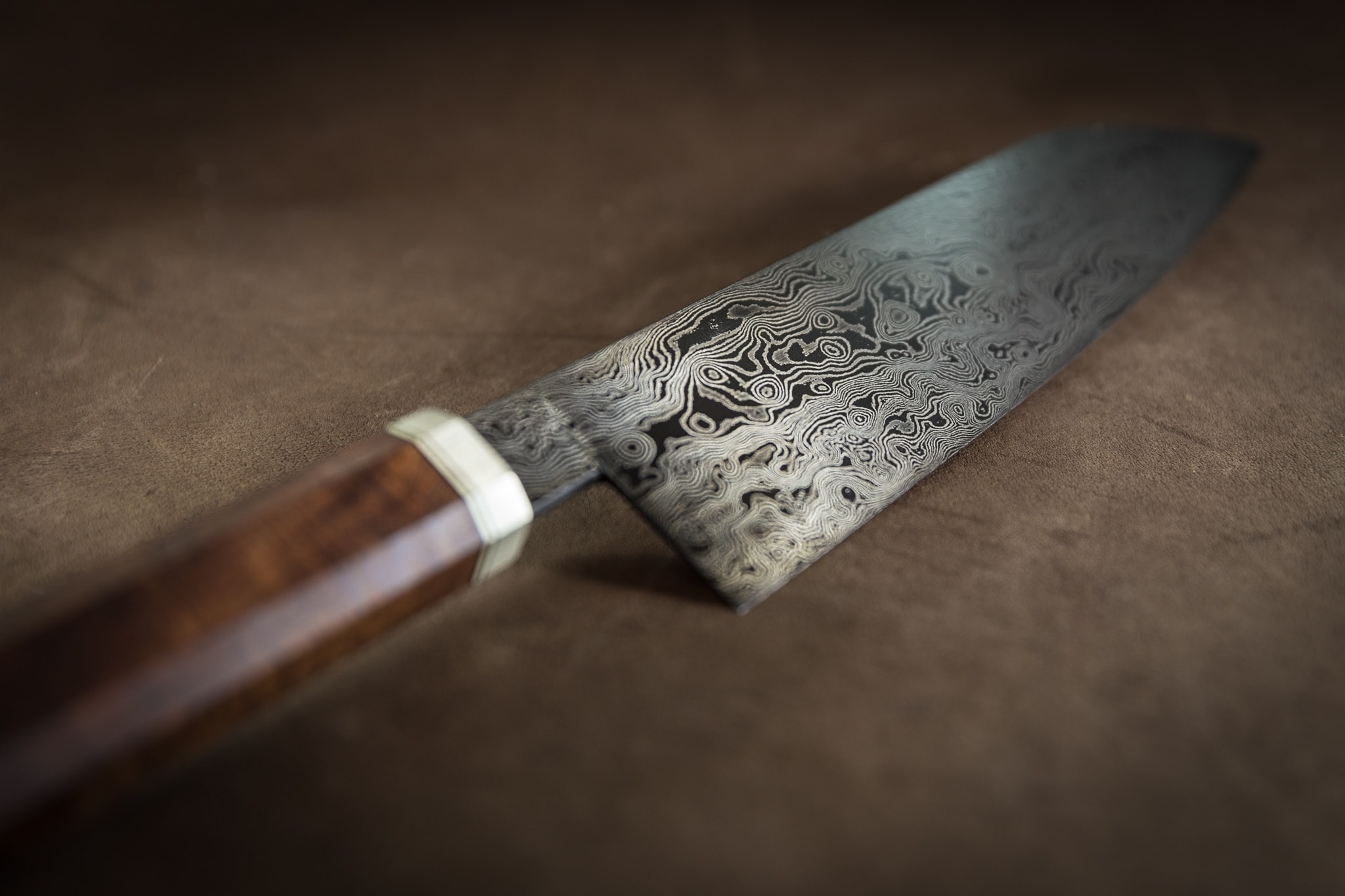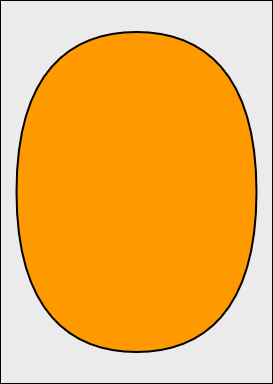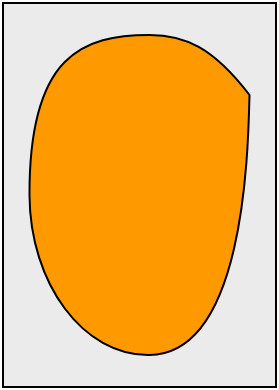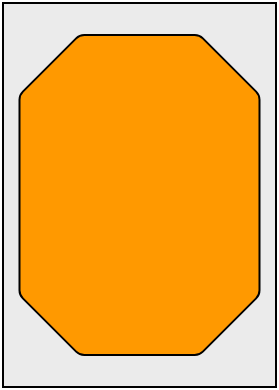 Asides from their highly specialised cutting geometry, Japanese kitchen knives are also notable for their distinctive handles. Home cooks frequently overlook the mechanics and ergonomics of knife handles, neglecting an element that factors into the performance of a knife as much as the shape, size, and grind of the blade.
Asides from their highly specialised cutting geometry, Japanese kitchen knives are also notable for their distinctive handles. Home cooks frequently overlook the mechanics and ergonomics of knife handles, neglecting an element that factors into the performance of a knife as much as the shape, size, and grind of the blade.
Home cooks who prefer a grip closer to the blade, using lots of brute force in the cut, or are uncomfortable outside of familiar cutting techniques, often prefer the feel of a Western handle.
Chefs who prefer a more blade-heavy knife, a lighter touch, a larger handle for otherwise cramped hands, or greater precision, often prefer the Japanese handle. If you are willing to step outside of your comfort zone, Japanese style knife handles will reward you with superior performance and better results.
A feature common to Japanese knife handles is geometry that orients the blade in the users' hand. Japanese handle profiles all work to ensure the blade fits comfortably in the hand whilst naturally aligning itself in the vertical plane perpendicular to the cutting surface. There are three typical shapes seen in Japanese knife handles, each with their own merits.
 |
Oval
|
 |
Chestnut (D shape)
|
 |
Wa (hexagonal shape)
|
Choosing a handle will come down to your experience as a cook, your desire to learn and grow, and your aesthetic tastes. Generally speaking, an Oval or Wa handle is a good place for many people to start, with the Wa handle in particular being more familiar to western cooks. An Oval or Chestnut shaped handle may better suit a cook that is looking to expand their culinary horizons or is already familiar with the cutting geometry and techniques of Japanese knives.
In any case, Japanese knife handles provide the user with significantly different haptic feedback compared to western knife handles. Even occasionally using a Japanese style knife provides a point of difference that will help any cook better understand the state of their knife skills and the nature of the ingredients they are working with.
Want to see more Japanese kitchen knives?